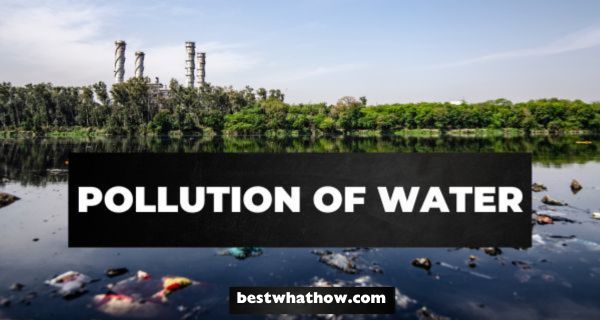Waste is something that’s considered useless or unwanted that are thrown out because it can’t be used or doesn’t serve a purpose.
These waste materials are dumped as garbage. All our daily activities give rise to a large variety of wastes.
If you are a student, observe the dustbin kept in the corner of your classroom. How much of waste gets collected in the dustbin at the end of a day? Isn’t it surprising to see the dustbin filled with papers!
Kinds of Wastes
There are two kinds of wastes. They are bio- degradable and non-biodegradable wastes.
Some waste materials rot easily and get mixed with soil. Such wastes are called biodegradable wastes. Wastes from the kitchen like peels of fruits and vegetables, leftover food and other wastes like dead plants and leaves, newspapers, etc. are all biodegradable waste.
Some waste materials like glass, polythene, metal and plastic do not decompose or get mixed with soil easily. Such wastes are non- biodegradable wastes. Such wastes cause harm to the environment.
Waste in Our Houses
Waste from our houses and residential areas is called domestic waste. It includes vegetable peels, household rubbish like garden waste, containers, damaged vessels, old clothes and sewage. It also includes water from the kitchen and washing machines.
Waste Disposal
The garbage collector collects garbage from our houses. It is then disposed in a garbage bin outside the colony. Same thing happens with other localities and colonies of the city.
Trucks of the local municipal corporation collect garbage from different parts of the city. This garbage is emptied in an open garbage dump outside the city limits. The garbage is covered with mud and pressed with bulldozers. Sometimes it is also burnt.
Urban and Rural Waste
Waste from towns and cities are called urban wastes. Most of these wastes are non- biodegradable such as plastics and e-wastes. Wastes from villages are known as rural wastes. These are mainly farm wastes and domestic wastes. These are biodegradable.
People in the villages use less electronic products and plastics. Villagers generate lesser wastes than people living in cities. They reuse things and have a few requirements. But they generate more wastes from domestic animals and agricultural fields.
Follow 3R Strategy
If we are interested in generating and maintaining a healthy and clean environment, we have to follow these 3 principles in life.
Reduce
Do not buy things that you really do not need. Do not buy things just because you are attracted by their packing. Never get carried away by fake advertisements. Learn to make real choice of products.
Purchase and use things that are essential for you. Buy things which are durable. For example, prefer cloth bags and do not use plastic bags.
Reuse
Reuse whatever items you can. Most of the plastic items can be reused. Donate old toys and books to poor children.
Reuse gift wrappers, envelopes, plastic and glass containers and aluminium foil. Old clothing can be reused. Many decorative items can be made with things that we throw away.
Recycle
When old and used products are processed to make new products, it is called recycling. Materials like paper, glass bottles, plastic and aluminium containers can be recycled.
Composting
Vegetable scraps, banana peels and used tea bags or tea dust can be used for composting. Dump the household or farm waste in a pit in the ground. Cover this waste with a thin layer of soil. After one or two months, this waste changes into compost, which can be used as manure.




















